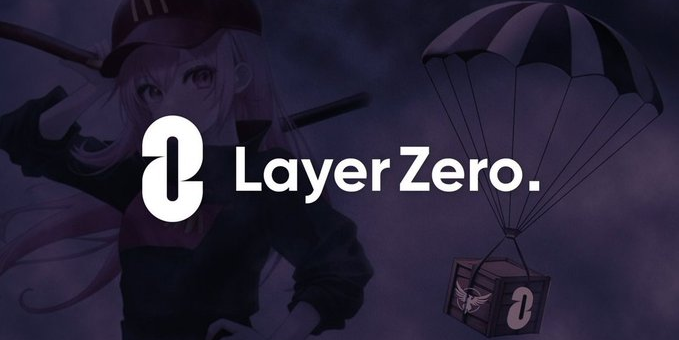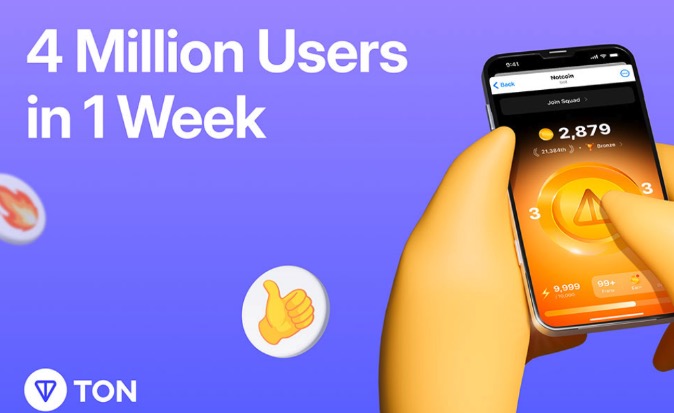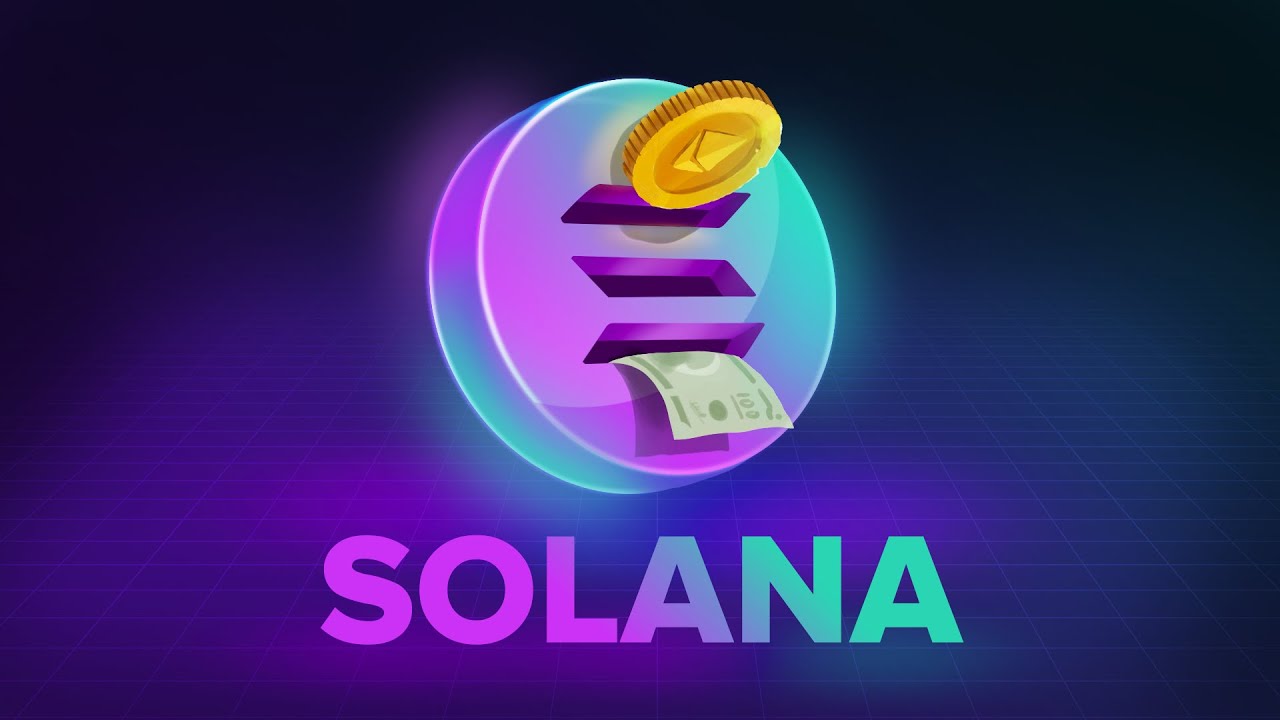
LayerZero Airdrop Sparks Controversy, Is the Era of Airdrops Coming to an End? | TrendX Research Institute
After more than a month of witch cleansing activities, the LayerZero Foundation announced today on the X platform that the airdrop eligibility query page is now online. However, the results of the airdrop have left many users feeling "breached."
As one of the most anticipated potential airdrop projects in the community, the LayerZero airdrop was highly anticipated, with people expecting a "big gesture" airdrop. However, with the witch cleansing activities underway, a large number of studios and even ordinary users' accounts were reported as witch accounts, ultimately resulting in no gains after nearly half a year of hard work.
As one of the two major airdrop projects recently valued as much as Zksync, the controversy sparked by LayerZero has raised questions about the 'sincerity' of the project and also prompted reflections on whether a new token distribution paradigm will emerge in the current industry.
Before delving into this, we need to understand what witch cleansing activities are.
A Month-Long Witch Cleansing
LayerZero was founded in November 2021, during the bull market of the blockchain market. With strong capital support and promotion from key industry opinion leaders, LayerZero quickly rose within a year. The announcement of plans to launch a governance token airdrop garnered significant attention within the community. The strong capital background, high project valuation, and top-tier status attracted a large number of airdrop hunters. According to Dune's data, since April last year, the on-chain interaction on LayerZero has significantly increased, with daily transaction volume exceeding 200,000 times, peaking at 490,000 times. Such high-frequency interaction not only improved the platform's data performance but also brought in substantial income. For example, the first cross-chain DApp Stargate on LayerZero generated monthly revenue exceeding $1 million, and this is just one product within its ecosystem.

With such high expectations, the community's expectations for LayerZero's airdrop have always been high. Despite frequent reports of the airdrop, it was repeatedly postponed. Finally, on May 2 this year, LayerZero announced on the X platform that the first snapshot had been completed, and the market sentiment reached its peak.
According to WOO X Research's forecast, the value of LayerZero's airdrop could be between $600 million and $1 billion. Conservatively estimated, if the TGE valuation is 4 times, the initial circulation is 15%, then the FDV is $12 billion, and the airdrop value is about $600 million, with each user expected to receive $750 to $1,500. In the optimistic estimate, if the circulation is 20%, the TGE valuation is 4.5 times, the FDV is $13.5 billion, the total airdrop value is expected to reach $1.08 billion, and each user is expected to receive $1,350 to $2,700.
However, just as users were eagerly awaiting the airdrop, LayerZero suddenly announced unexpected news. On May 3, LayerZero announced that in order to ensure the fairness of the airdrop, a month-long witch review operation would be conducted.
It is not uncommon to conduct witch reviews during airdrops. Witches usually refer to the behavior of using a large number of accounts to conduct meaningless or small transactions to obtain the airdrop. However, this review introduced a new "bounty reporting mechanism." According to the official announcement, the review will be divided into three stages. The first stage is a 14-day self-exposure stage, where users can self-expose their witch behavior, and the official will reserve 15% of the airdrop allocation for such accounts; the second stage is the official review stage, where LayerZero will screen based on specific rules, and any witch accounts found will not retain any airdrop allocation. The most controversial is the third stage—the bounty reporting stage, from May 18 to May 31, where anyone can submit a report on Github, and successful reporters will receive 10% of the airdrop allocation from the reported account, with the remaining 90% returning to the airdrop pool, and the reported account will no longer receive any airdrop.
Finally, with today's announcement by Bryan Pellegrino, CEO of LayerZero Labs on X, a total of 1.28 million eligible addresses were identified, and approximately 10 million tokens will be returned to genuine users. The witch review has come to an end. There were 803,000 addresses identified as potential witches, with over 338,000 addresses self-exposing as witches.
"Rat Warehouse" Controversy and Off-Exchange Prices of 3U
As the witch review came to an end and users eagerly anticipated the arrival of the airdrop, LayerZero found itself embroiled in a rat warehouse controversy. While most users were dissatisfied and mocking the airdrop results, some users claimed to have received a large number of ZRO tokens. These lucky ones mostly held Kanpai Pandas NFTs. For example, an address with 50 Kanpai Pandas NFTs received 5,335.55 ZRO tokens, while another address starting with 0x816 received 10,000 ZRO tokens for holding 152 NFTs. On average, each NFT received about 100 ZRO tokens, adjusted according to the rarity of the NFT.
As the Kanpai Pandas project is not widely known, this has raised suspicions among users about the "rat warehouse." However, according to nftgo's data, the peak trading volume of Kanpai Pandas is not significantly related to the LayerZero airdrop snapshot time, and the official Twitter account has been operating normally. Therefore, the allegations of a "rat warehouse" regarding Kanpai Pandas have not been confirmed.
At the same time, many users have expressed that they have invested a lot of manpower and effort, incurring costs of hundreds of dollars, but may only receive 25 ZRO tokens. Based on the off-exchange price of $3 per token, this is far from enough to cover the costs. These users believe that LayerZero's airdrop this time was "insincere."
A user named Axel Bitblaze, who holds 36 Kanpai Pandas NFTs (approximately 36E), received 10,000 LayerZero (ZRO) tokens. He expressed that the airdrop allocation given to on-chain users by LayerZero was disappointing: "Wallets in the top 1% only received 200-500 tokens, which is just crazy... My family and I also made efforts to interact to receive the airdrop allocation. Although we ranked in the top 1%, these interactions only resulted in a small airdrop."
Some users even believe that the end of the Zksync and LayerZero airdrops will mark the end of airdrops.
Not only the ZRO airdrop, but the recent ZK airdrop has also sparked similar controversies. The number of eligible addresses was far lower than expected, the decision-making process was not transparent, Nansen distanced itself, and suspicious addresses frequently appeared, but the official did not directly respond. This series of operations has plunged the ZK airdrop into a "rat warehouse" controversy. Previously, AltLayer was also questioned by the community for "rat warehouse" due to OG NFTs.
The fundamental problem lies in the dissatisfaction of the community with the airdrop distribution. Retail investors cannot determine how to meet the official airdrop standards, and the official "final interpretation" will only increase suspicions of opaque operations, leading to airdrop tokens being allocated to "rats," who sell the tokens, and retail investors take over, with the remaining token supply continuously unlocking to continue to suppress the market.
In contrast, the early airdrop of the representative wall Uniswap appears to be more transparent and fair. Uniswap officials stated that as long as one has used Uniswap, regardless of whether the exchange was successful, everyone can receive 400 UNI tokens. At the same time, holding UNI can also receive a series of benefits such as SOCKS tokens.
Although this no-threshold airdrop has been criticized, in today's era of airdrop projects being criticized and retail investors taking over, UNI appears to be a successful airdrop case.
Some believe that the real reason for the strong dissatisfaction with the ZRO airdrop is that these airdrop projects have disrupted the balance between VCs, project parties, and "rat warehouse" users.
"Rat warehouse" users or studios are the weakest party in the game of VCs pushing up valuations and lavishly spending money. Project parties need user interaction data to attract VC investment, and VCs need project parties to issue tokens to cash out and exit. Project parties use promises of future tokens to attract "rat warehouse" users to work for free to grow their data. However, there are also views that whales should not receive all the tokens just because they have invested a large amount of capital, but the smallest users should receive some basic amount of tokens in any case.
This is also the origin of the widespread anti-institution sentiment in the current Web3 field, because due to the greed of VCs or investment misjudgments, these projects have obtained extremely high valuations, but cannot form a reliable and stable business model, and can only rely on issuing tokens to let retail investors bear the burden of their indigestible assets.
However, despite the astonishment caused by the ZK and LayerZero airdrops, for ordinary users, "rat warehouse" is still a way to profit, although the returns are declining.
Airdrops Worth Paying Attention to After LayerZero
Manta Network: The Manta token is an OFT token, and the team deploys Manta tokens on different chains to support cross-chain Manta token transactions.
Allocation plan: 10% allocated to developers; 30% allocated to early adopters; 20% allocated to ecosystem partners; 40% allocated to LP providers.
https://app.trendx.tech/project/Manta%20Network/1d507e4c
Canto: Canto is a Layer 1 blockchain built using the Cosmos SDK, and through LayerZero's OFT standard, CANTO's cross-chain representation is deployed to Ethereum, allowing users to provide liquidity and trade CANTO on the mainnet, providing additional bridging paths for Canto.
Allocation plan: 70% allocated to CANTO OFT cross-chain users, with a total of at least 50 CANTO cross-chain to/from Ethereum, of which 20% is evenly distributed, and 80% is distributed according to the cross-chain volume ratio; 20% allocated to PancakeSwap (Ethereum) CANTO/WETH LP, distributed according to the ownership percentage of the liquidity pool at the time of the snapshot; 10% allocated to Canto developers.
https://app.trendx.tech/project/Canto/57fcc700
DappRadar: DappRadar is a DApp data analysis platform.
Allocation plan: 10% allocated to developers; 90% allocated to RADAR stakers.
https://app.trendx.tech/project/DappRadar/a09d08a0
KelpDAO: KelpDAO is a liquidity re-staking protocol, and its rsETH can be cross-chained to other L2 using OFT.
Allocation plan: 40% allocated to users cross-chained to various L2s; 20% allocated to users natively minting rsETH on L2; 20% allocated to the top 500 liquidity providers on the mainnet and L2; 10% allocated to rsETH holders on the mainnet; 10% allocated to Kelp's core team to pay for developer fees and audits.
https://app.trendx.tech/project/KelpDAO/73360fcf
Pendle: Pendle is a yield trading protocol.
Allocation plan: 10% allocated to developers; 90% allocated to vependle holders.
https://app.trendx.tech/project/Pendle/3d1e2ed8
Follow Us TrendX
TrendX is a leading AI-driven Web3 trend tracking and intelligent trading platform globally, aiming to be the preferred platform for the next billion users entering the Web3 field. By combining multidimensional trend tracking and intelligent trading, TrendX provides a comprehensive project discovery, trend analysis, primary investment, and secondary trading experience.
Website: https://app.trendx.tech/
Twitter: https://twitter.com/TrendX_tech
Investment carries risks, projects are for reference only, and risks are to be borne by oneself.



